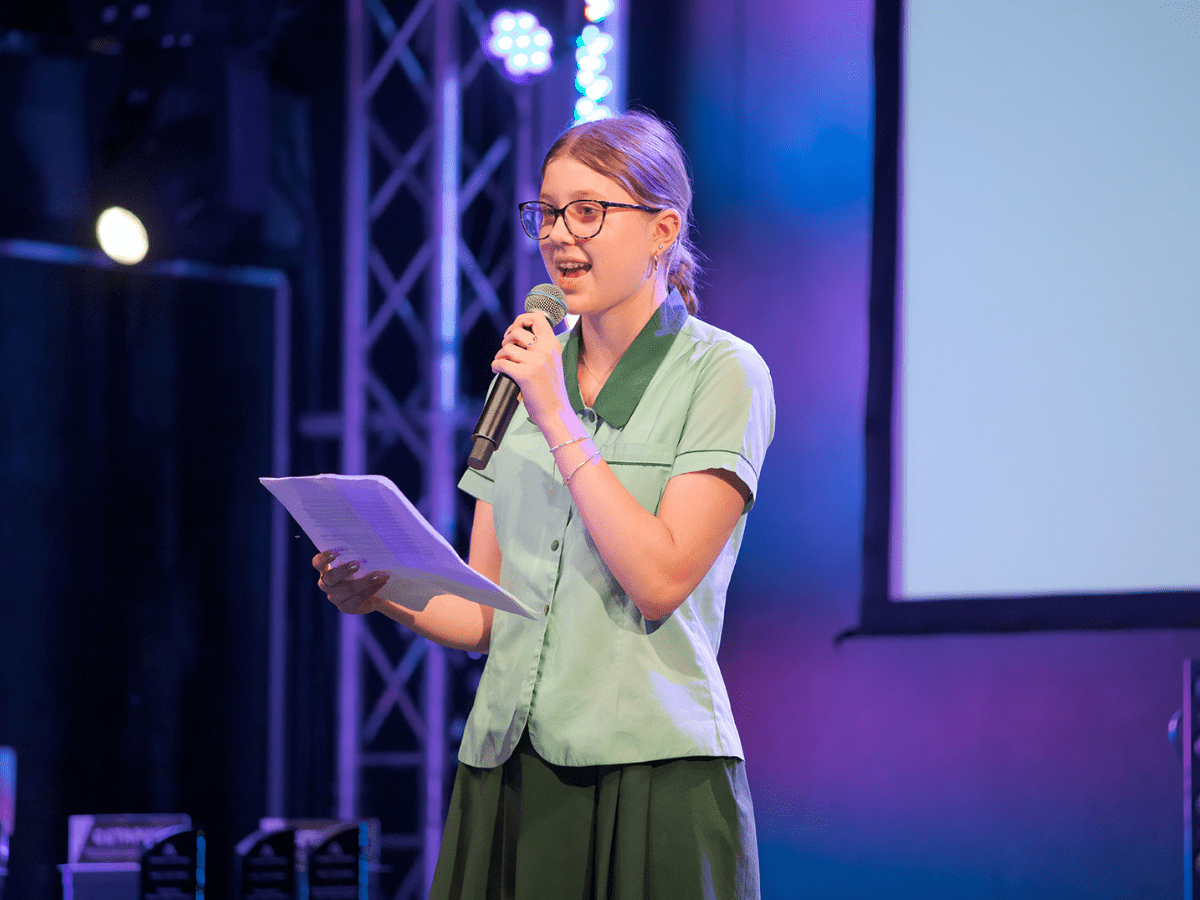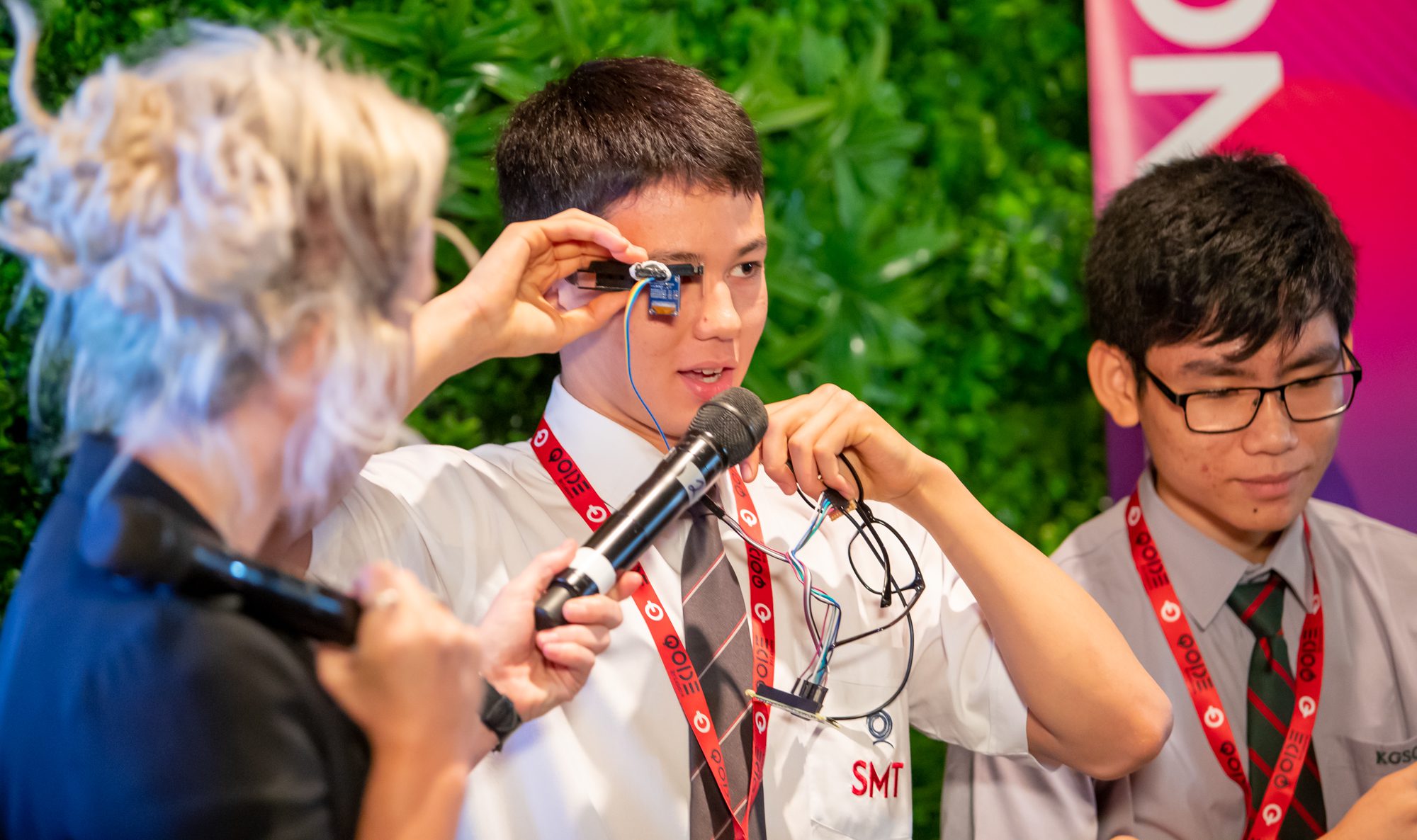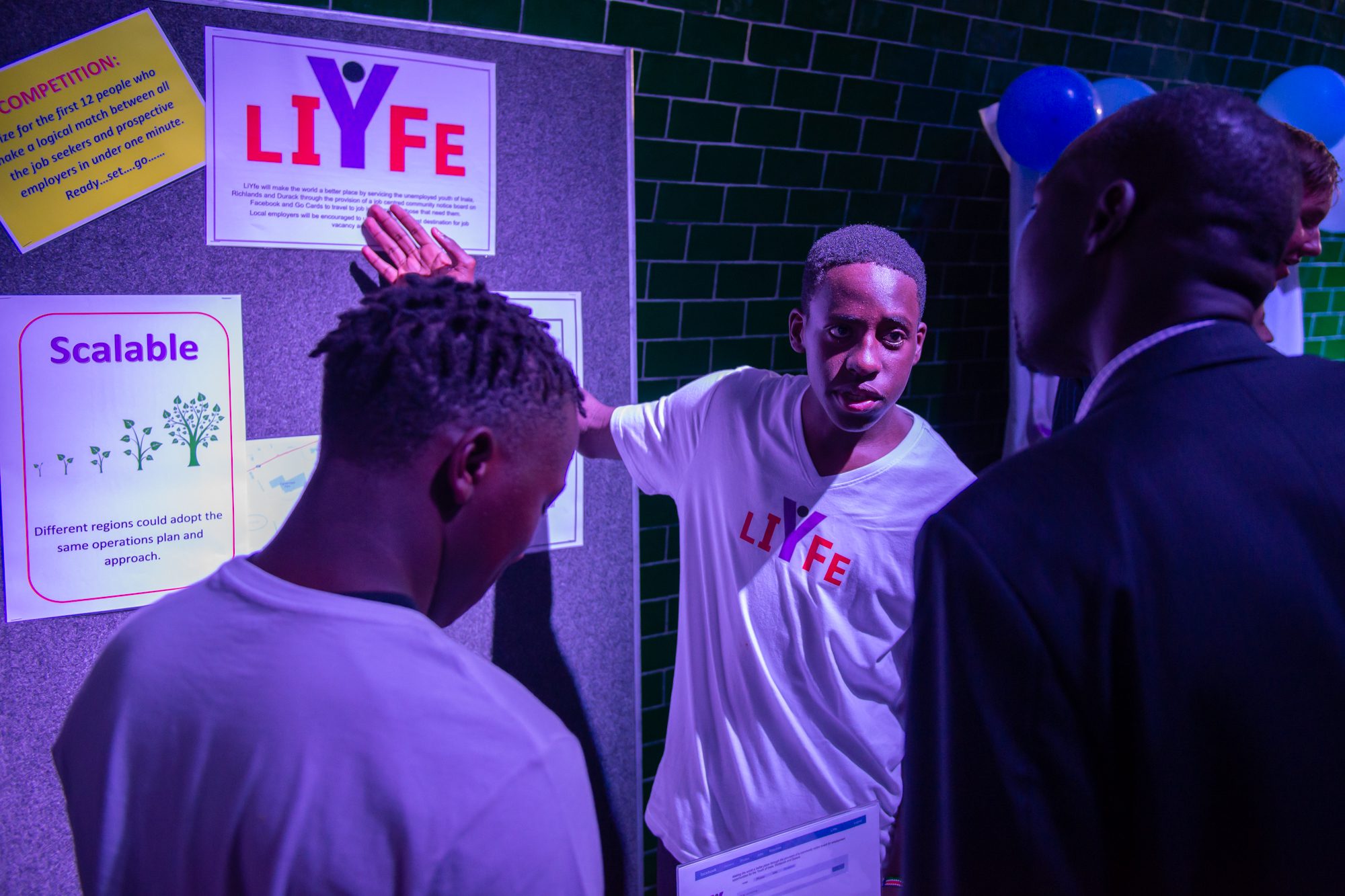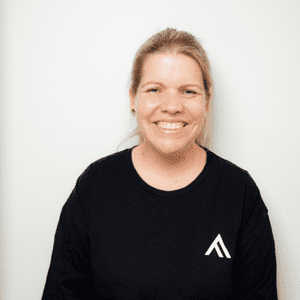
Building Confident Communicators
by Kate Clauson, Head of Curriculum & Partnerships, Future Anything
Whether it’s the General Capabilities, the ‘Six Cs’, or 21st Century skills; we know that communication is a vital skill in today’s world.
Presenting, listening and writing are all skills that have risen in demand over the past ten years (Foundation for Young Australians, The New Basics Report), yet so often we either leave these skills to the English teachers, or approach them in an ad hoc manner.
This blog will dive into flexing young people’s communication muscles, and provide some strategies and opportunities within the Project Based Learning contexts that we use here at Future Anything to help you build confident communicators in every classroom.
What is Communication?
While there are a multitude of definitions for communication (and literacy) across systems, contexts and frameworks, for this blog, we’re going to lean on the Partnership for 21st Century Learning (P21) definition.
P21 describes the following elements for communicating clearly:
- Articulate thoughts and ideas effectively using oral, written, and nonverbal communication skills in a variety of forms and contexts
- Listen effectively to decipher meaning, including knowledge, values, attitudes, and intentions
- Use communication for a range of purposes (e.g. to inform, instruct, motivate, and persuade)
- Utilise multiple media and technologies, and know how to judge their effectiveness a priority as well as assess their impact
- Communicate effectively in diverse environments (including multi-lingual)
How can I build communication within PBL or Design Thinking?
Project Based Learning (PBL) and Design Thinking provide key junctures and opportunities that can help enhance communication and literacy in every classroom.
Building Confident Communicators – Opportunity #1: Interviewing
In both the Empathy and Test stages of a Design Thinking journey, there is a fantastic opportunity to help young people develop their literacy through learning The Art of the Interview.

Interviewing offers an opportunity to learn how to listen actively, how to create engaging questions, and how to become increasingly proficient in two-way interaction processes, to clarify and create understanding.
Stanford d.school has a fantastic Empathy Field Guide with activities, hints and tips for conducting interviews. The Guide asks students to observe their interviewee to understand what they are doing, how they are doing it and why.
They also highlight the importance of conversation. Great interviews are more than just a series of rapid-fire questions. Build rapport with the interviewee, seek out their stories and don’t be afraid to talk about feelings. Just like a great chat!
PBLWorks also has a fantastic Strategy Guide for Preparing for and Conducting Interviews (available with free registration). They suggest the following tips for planning for interviews:
- Ask open-ended questions
- Ask follow-up questions to seek clarification and elaboration.
- Engage in active listening and be mindful of body language.
- Provide wait time/leave space for silence.
- Take notes and/or record interviews.
For help generating great questions, you might want to explore the Question Formulation Technique (find out more here or check out the NSW Department of Education resources here.)
For a guide on how to teach students about Active Listening, check out this resource from the Critical Thinking Consortium.
Building Confident Communicators: Opportunity #2 – Pitching & Presenting Ideas
A core element of Gold Standard PBL is a public product, and often that involves a pitch or presentation.

The final pitch helps us assess communication via both speaking and creating texts, but so often this the first time in the course that our young people are flexing their speaking muscles, and sometimes we see little change in their confidence and ability across the unit or course.
We can support their growth in this area with a few helpful strategies.
Strategy 1: Practice (with increased complexity!)
Increase the complexity of spoken practices across the course of the unit, to build young people’s confidence in activities not linked to their assessment.
The following stages might be appropriate for a unit that ends in a formal pitch:

Students have the opportunity to practice their skills in situations with lower risk so they can build confidence. It also provides great opportunities to build feedback cycles into your unit, so students get regular feedback from a variety of sources to improve their skills.
Strategy 2: Provide Authentic Models
PBL Works recommends providing authentic models if students are expected to present their work in a specific format (Preparing Students for Presentations).
Future Anything’s in-curriculum Activate program culminates in a National Grand Final. To see some really great pitches from a young people from our schools across Australia, check out our previous finalist pitches on our website and via our YouTube channel. At three minutes each, these are powerful and persuasive examples of young people communicating at their best.
Spend a few minutes seeking out examples that might appeal to your cohort and context, then have students analyse the features of the pitch and ask then what they would do differently if it was their pitch.
Strategy 3: Scaffold
Give your students models to help them plan their presentations. PBL Works Planning Forms help students to consider the audience and purpose of their presentation, while our Future Anything PPPPA Pitch Template (PDF) can support students to craft a compelling pitch.
Building Confident Communicators: Opportunity #3 – Visual Storytelling
The ‘Understanding texts’ sub-element of Literacy (Australian Curriculum V9) describes how students work with texts which include components of print, image, sound, animation and symbolic representations, in a range of forms including digital forms.

This gives us a great opportunity to dive into how visual aids can support storytelling (with some great links to Digital Literacy while we’re at it!)
Strategy 1: Teach students about Infographics
There are so many amazing benefits to using infographics in the classroom, including improving visual literacy, boosting understanding and retention, and tapping into creativity.
Use infographics as an engaging learning tool early in your unit, and ask students to explore ways to express information visually and graphically. (Canva has a great step-by-step video guide for creating infographics – check it out here.)
Strategy 2: Lean into Branding and Marketing
Students often love the branding and marketing elements of an entrepreneurial project, and leaning into this element can maximise engagement as well as providing fantastic opportunities to enhance visual literacy.
Try using The 8 elements of branding from 99designs to help students understand elements of brand, then get them to create a brand identity to include colour palettes, shapes, imagery, typography and more. They can even develop a branding kit.
Students can also explore how to create a strong brand personality. A great place to start this work is to have students create a brand board on Pinterest (or OneNote) of all the branding they love (logos, colours, taglines, fonts and imagery), then you can work to analyse their choices to develop a visual identity.
For more on visual literacy in advertising check out these links:
Want more help Building Confident Communicators?
Effective communication is a huge topic, and we have just scratched the surface of the amazing opportunities for exploring and improving this capability within PBL and design thinking.
If you want more ideas and resources to help develop enterprise skills in your classroom, join Future Anything’s Enterprising Educators Facebook group, or check out our teacher professional development and student workshop programs to find out how we can help you develop enterprising thinkers and doers in your classroom.
About the author: Kate Clauson
Kate Clauson is a talented learning designer with over 10 years’ experience in independent and state schools in Queensland. Kate is passionate about innovative curriculum, with experience developing and delivering Project-Based Learning and design thinking pedagogies across curriculum and pastoral projects. She also has deep understanding of both the Australian Curriculum and Senior Humanities and Social Sciences subject areas, developed through her roles as a senior teacher, QCAA curriculum writer and middle leader in Business and Humanities.
At Future Anything, Kate uses her experience in creative learning design to build teacher knowledge and confidence, working alongside schools and educators to design innovative learning experiences for their young people that connect the classroom to the world beyond the school gate.
Connect with Kate on LinkedIn here.
Future Anything’s Activate in-curriculum program and student workshops build confident communicators of all ages, by empowering young people to develop, and then persuasively pitch, innovative social enterprise solutions to the problems they care about.
Find out more about our programs here.







